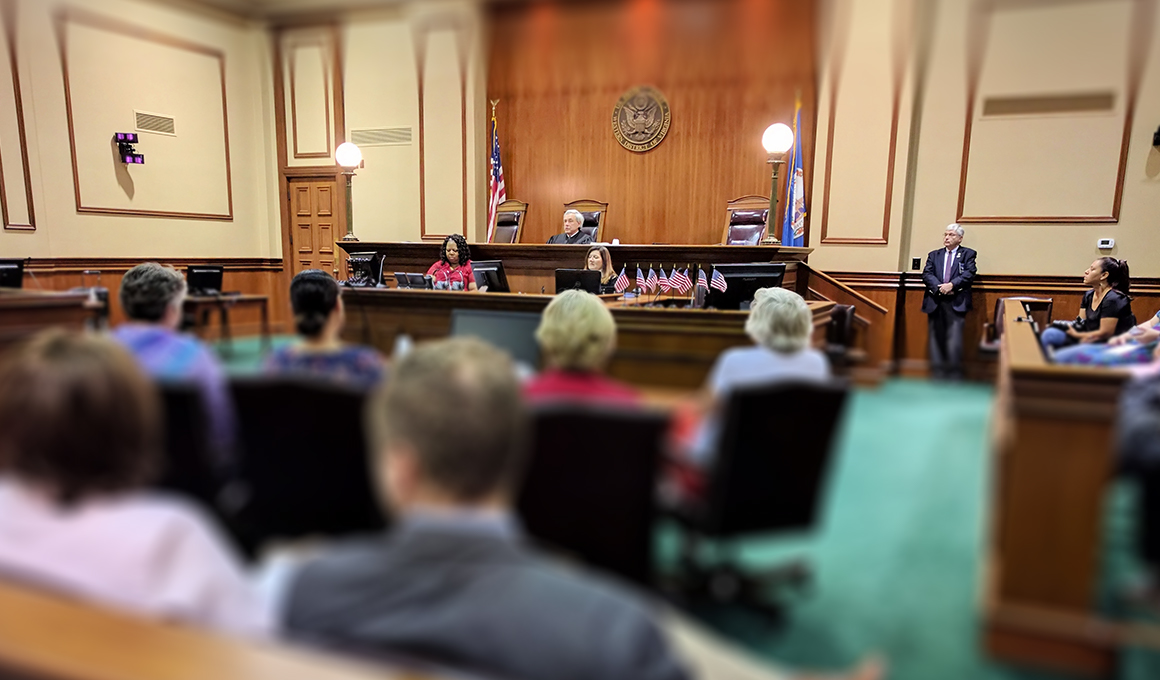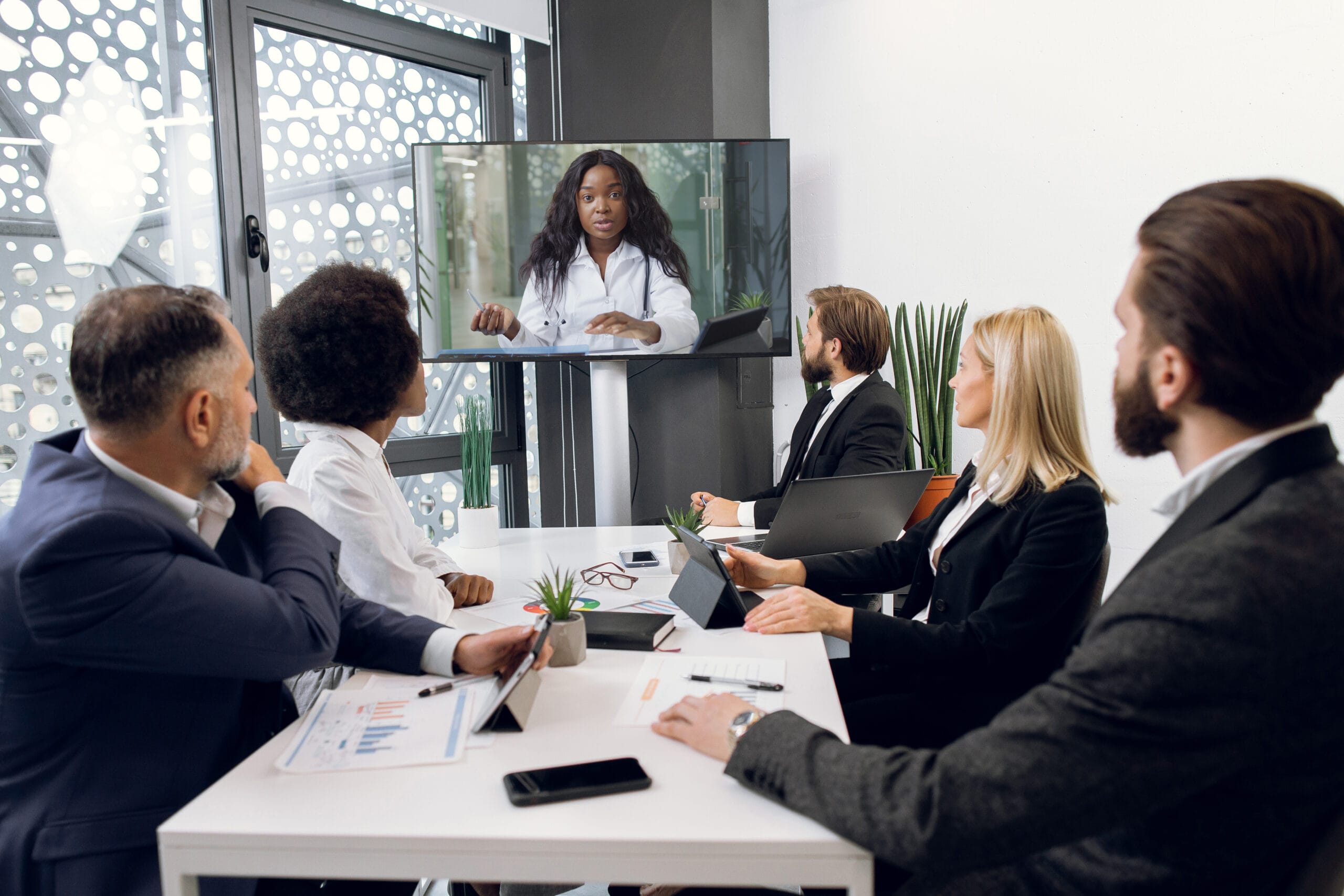Discover the Value of Test Presentations for Successful Legal End Results
In the realm of litigation, the performance of trial discussions can frequently be the definitive consider protecting positive lawful outcomes. By converting complex legal disagreements into engaging narratives, lawyers can enhance juror understanding and engagement. The calculated use of aesthetic aids and structured narration not only help in retention but also forms the court's assumption of the instance. As we discover the vital elements of impactful test presentations, one should think about how these elements intertwine to influence the final verdict. What strategies can truly elevate a discussion from ordinary to amazing?
Comprehending Test Discussions
Recognizing trial discussions is vital for legal experts looking for to efficiently convey their debates and proof to a jury. A trial discussion offers as a vital tool in the court, changing intricate lawful principles and case details into a systematic story that jurors can conveniently comprehend - trial presentations.
Moreover, the structure and shipment of a test discussion can affect juror perceptions and decision-making. Efficient discussions make use of a combination of storytelling, visuals, and influential techniques to engage jurors and maintain their interest throughout the test. This calls for precise planning and prep work, as each aspect has to align with the case strategy and objectives.
Furthermore, understanding the psychological aspects of juror behavior is crucial in crafting an effective test presentation. Legal professionals should consider just how jurors interpret details, react to psychological charms, and form prejudices. By addressing these factors, lawyers can produce discussions that resonate with jurors, ultimately aiding in the pursuit of justice.
Trick Elements of Reliable Presentations
Successful test presentations hinge on numerous crucial elements that collectively enhance their efficiency. Primarily, quality is important; lawful debates need to be articulated in an uncomplicated way, avoiding lingo that might confuse the court. Speakers should structure their debates rationally, guiding the target market through the story in a coherent series.

Visual aids also play a critical duty in efficient discussions. Properly designed slides, graphes, and graphics can help distill complicated details and reinforce essential factors, making them more unforgettable. Furthermore, making use of narration methods can involve the court emotionally, creating a connection that goes beyond plain truths.
Another important component is the speaker's distribution design. Self-confidence, interest, and ideal body movement can considerably impact how the message is received. Practicing effective eye get in touch with and vocal variation keeps the jury mindful and purchased the presentation.

Influence On Court Perception
The effect of trial discussions on jury understanding is extensive, as the method information is communicated can dramatically affect jurors' interpretations and decisions. Jurors are charged with examining intricate details and making decisions based on evidence provided during the trial. Efficient discussions that use clear visuals, compelling stories, and arranged material can improve jurors' understanding and retention of crucial realities.
Moreover, the emotional tone and delivery of the discussion play a critical duty fit jurors' perspectives. Discussions that reverberate psychologically can develop empathy and link, guiding jurors towards the lawyer's point of view. Alternatively, an inadequately structured or extremely technological presentation can lead to confusion and disengagement, resulting in negative perceptions of the case.
In addition, jurors often count on non-verbal signs, such as body language and eye get in touch with, which can affect their rely on the speaker - trial presentations. Lawyers need to be acutely aware of just how their presentation style can either enhance or threaten their disagreements. In summary, well-executed test discussions are necessary for assisting jury perception and ultimately affecting the result of legal process
Methods for Engaging Narration
A reliable story needs to resonate with jurors on an emotional degree while clearly detailing the realities of the case. This style offers as a directing string throughout the presentation, helping jurors make links and preserve information.
Utilizing personality growth is important; humanizing the events involved enables jurors to understand with their experiences. Present key figures early, offering context and history to make them relatable. In addition, employing a clear click for more info structure-- beginning with an appealing intro, adhered to by an efficient body, and concluding with a powerful resolution-- ensures the narrative flows practically and keeps juror interest.
Incorporating vibrant imagery and descriptive language can additionally boost the tale, developing mental pictures that make the facts more memorable. Finally, using rhetorical questions can provoke thought and reflection, triggering jurors to proactively engage with the narrative. By utilizing these methods, attorneys can develop stories that reverberate deeply, eventually influencing the jury's decision-making procedure.
Enhancing Proof With Aesthetic Aids
While providing proof in a trial, the combination of visual help can significantly enhance understanding and retention amongst jurors. Aesthetic aids, such as graphes, charts, pictures, and videos, offer to clear up complicated information and develop an extra appealing narrative. By illustrating bottom lines, these tools help jurors to attract connections in between proof and the situation's overarching themes.
Moreover, aesthetic aids can simplify complex details that might otherwise bewilder or perplex the jury. As an example, a timeline can successfully showcase the series of events, while a representation can illustrate relationships or communications between events included in the instance. This quality fosters better understanding and helps with educated deliberation.
The calculated use of visual help also faucets into the aesthetic learning choices of numerous jurors, making the here and now evidence a lot more relatable and memorable. When jurors can envision realities, they are much more most likely to retain important information, bring about better-informed decisions.
Inevitably, effective test presentations that integrate visual aids not only strengthen the situation but also equip jurors to involve proactively in the judicial procedure, assisting in more equitable lawful outcomes. In summary, improving proof with aesthetic aids is a pivotal strategy for successful trial discussions.

Final Thought
In summary, test presentations serve an important feature in the lawful process by translating complicated legal arguments right into relatable narratives for courts. Effective presentations, characterized by organized storytelling and aesthetic help, significantly enhance juror understanding and retention of web details. By affecting court assumption, well-crafted discussions inevitably contribute to extra desirable lawful end results. The critical use these techniques underscores the value of trial presentations in the pursuit of justice and article reliable campaigning for within the court room.